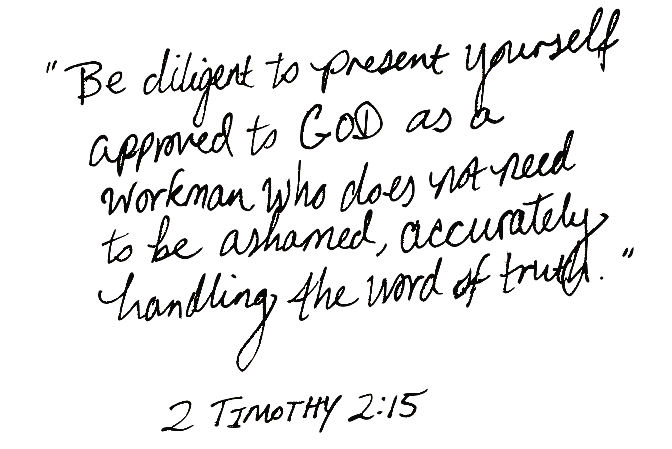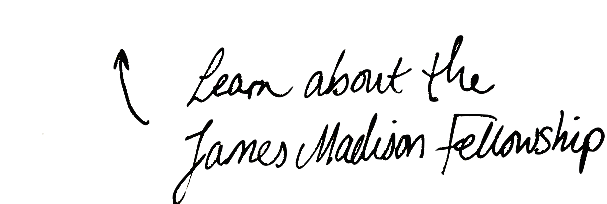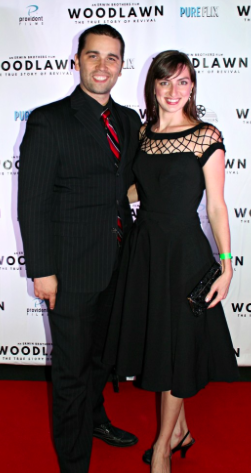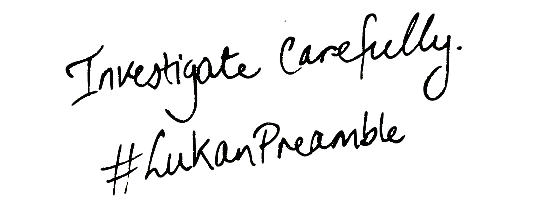Accusations of plagiarism find their way onto political candidates, academicians, students, journalists, and authors of all sorts routinely these days. Perhaps this is because now, plagiarism has never been easier – and never more easily found out.
 Many lines of work now intersect with new media, so whether you are copy editing the New York Times or typing an e-newsletter for your small business, it is important to be skilled in properly attributing words and ideas.
Many lines of work now intersect with new media, so whether you are copy editing the New York Times or typing an e-newsletter for your small business, it is important to be skilled in properly attributing words and ideas.
Here are some trustworthy habits I developed out of a decade of published writing experience and a combined 8 1/2 years of online college, online column writing, and archiving.
-
Save a “Cutting Room” document.
Whenever researching for and writing an article or chapter, it is helpful to have a separate document where you can copy and paste your outtakes, alternative wording, full-length quotes in context, and print or web resources that you might reference. This way you create an almanac of your writing in which you can search out your references and remember where exactly you found each piece of information.
-
Hyperlink!
Digital links are something writers in the past could only dream! The purpose of citing sources is not only to rightfully reward the original author, but to help the reader in their research. Somebody out there will thank you for taking that extra step to hyperlink to a deeper source.
-
Back up your sources.
Since pages on the internet sometimes expire, one way to guarantee a backup of the source is to generate a PDF of the web page to be saved on your hard drive. At the top of your browser, click “File,” and then “Print,” and select the option to preview and save the web page into a PDF. You can then upload this file to your website and link to it. This is a must when dealing with controversial material that may be pulled.
-
 Put quotation marks around everything not your own, even in the rough draft.
Put quotation marks around everything not your own, even in the rough draft.As Carl Theodor von Unlanski and K.F.W. Fleischer wrote in 1816, “great minds think alike,” so if you’re not careful you might confuse someone else’s thoughts with your own (at least as far as your readers can interpret). Renowned neurosurgeon Dr. Benjamin Carson (and his editor) made the mistake of not placing quote marks around an excerpt he was referencing in his book, which resulted in accusations of plagiarism throughout the press.
Even when sharing links on social media outlets, it’s a good idea to keep quote marks around the excerpts so people know when sharing the link that they are not quoting you.
-
Scope primary sources.
Searching the keywords or relevant names of the quote or concept in question at outlets like Project Gutenberg, Google Books, and Google Scholar is effective in finding and saving the original source. My own research database, Luke Historians, is being developed to help with this as well. If you still have access to your college’s research databases, use those too. They can be more helpful at work than at school!
To identify the original source of photographs and memes, go to www.images.google.com, click the camera icon, and upload the image or image link. Another reverse image search tool is www.TinEye.com.
-
When lacking exact knowledge, cite common knowledge.
If you find a quote that everybody says so-and-so said, but you are not quite sure and do not want to dishonor the speaker or mislead your readers, telling the truth with as much brevity possible is the way to go. If you do not have time to spare in verifying a quote (or have already used up that time in a fruitless search), make the “generally attributed to” note:
C.S. Lewis is often quoted as saying…
Secretary of State Henry Kissinger has been credited with the quote…
This way you are not claiming it as your own and you are not officially ascribing it to someone else, but you are honestly acknowledging that quote or paraphrase is generally (or in some circles) thought to have been first said by whomever. The readers thus know that they must research this for themselves if they want to know for certain from where it came. They cannot claim to have been misled by you.
-
Cite yourself.
Yeah, it’s stupid at first blush, but you can actually fail the plagiarism test if you copy and paste part of your own blog post or column into a new piece of work and do not properly attribute it to yourself. Professors want your writing to be generated under their tutelage and news outlets usually want your writing to be exclusive to their patronage. Think up ways to cleverly segue into your aforementioned point (i.e. “As I have written previously…”).
But it is also good exercise for the writer’s mind to think of completely original, simpler ways of explaining or illustrating a previous point, and it helps check and solidify your reasoning. Perhaps there is an underlying fallacy you have not noticed, or maybe new data has been uncovered to verify your observation. It is still a good idea to hyperlink to or footnote your original piece(s) to provide readers with further information. Never re-publish an entire article without explicit approval from editors (and in so doing, always cite where your article was originally published).
Here’s to more trustworthy writing ahead!
Special thanks to Bob Clary of Webucator for suggesting I write a blog post for recent graduates, which reminded me of this topic I had abandoned on the shelf.
















